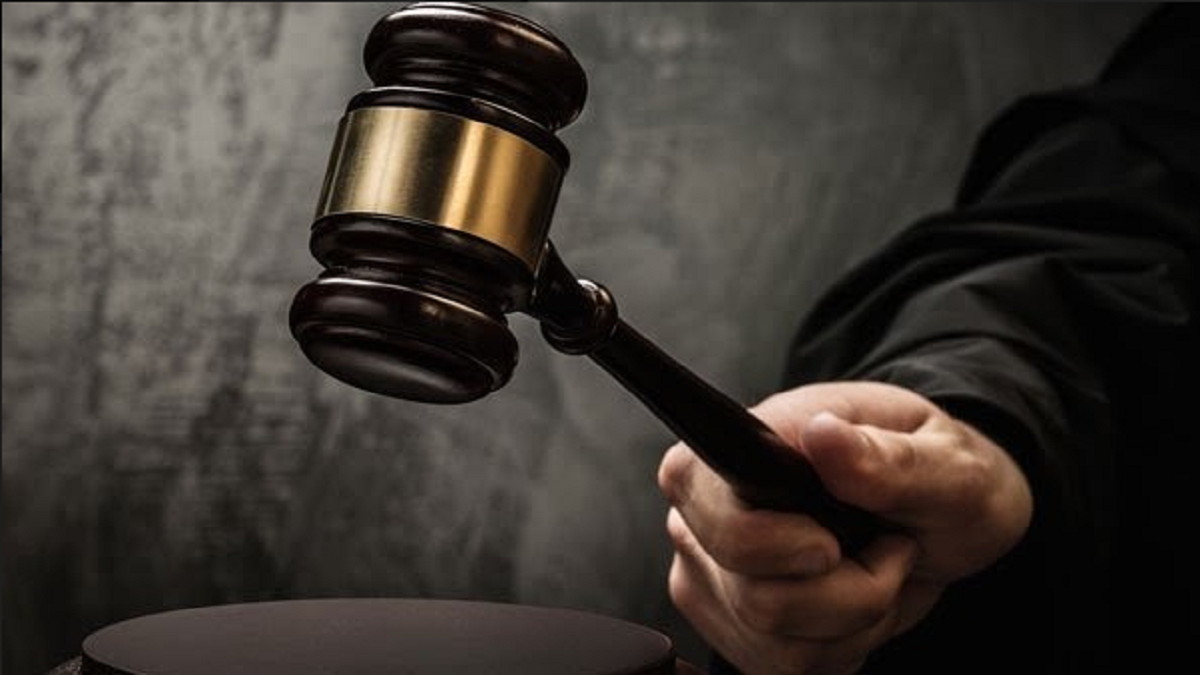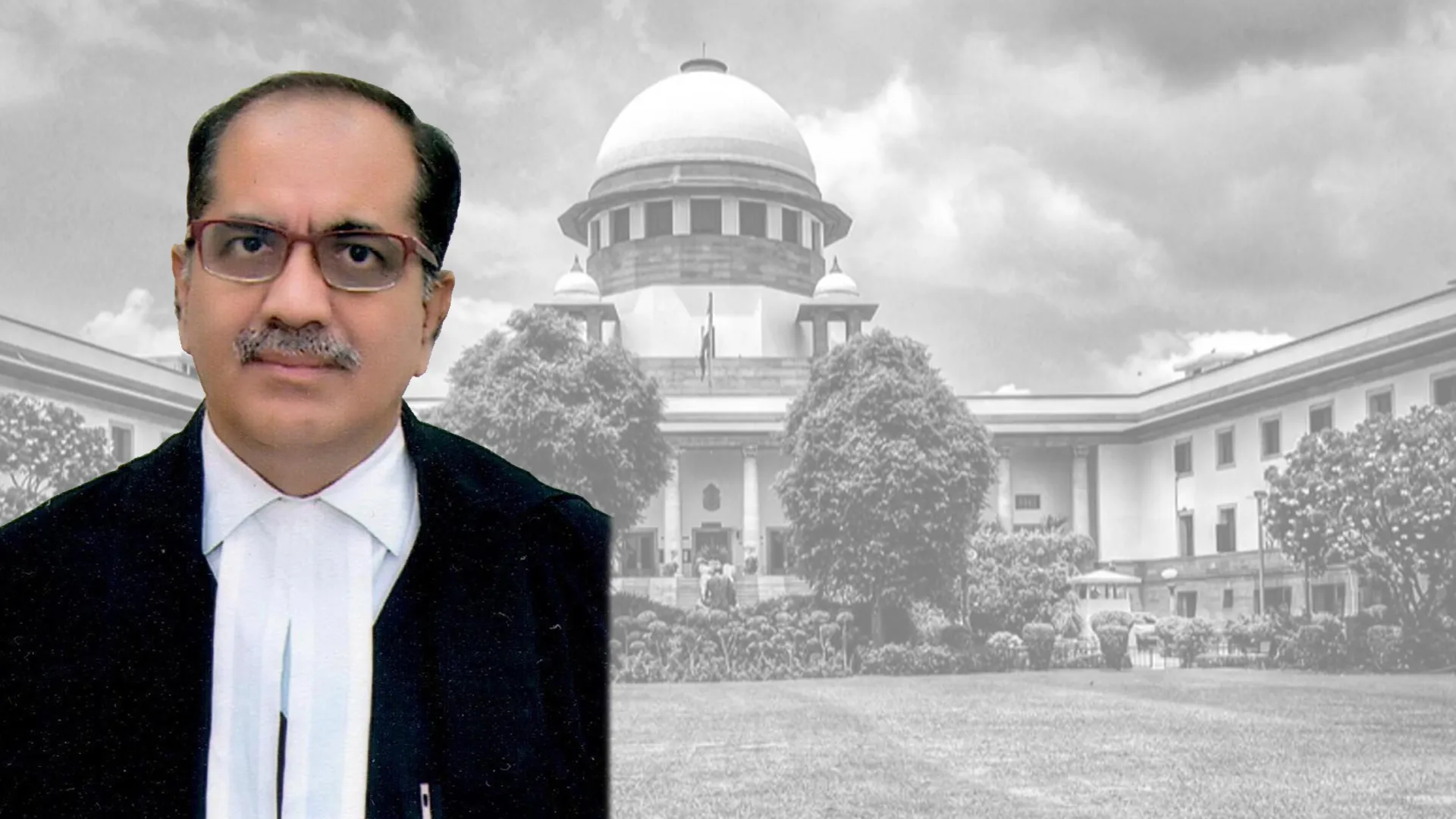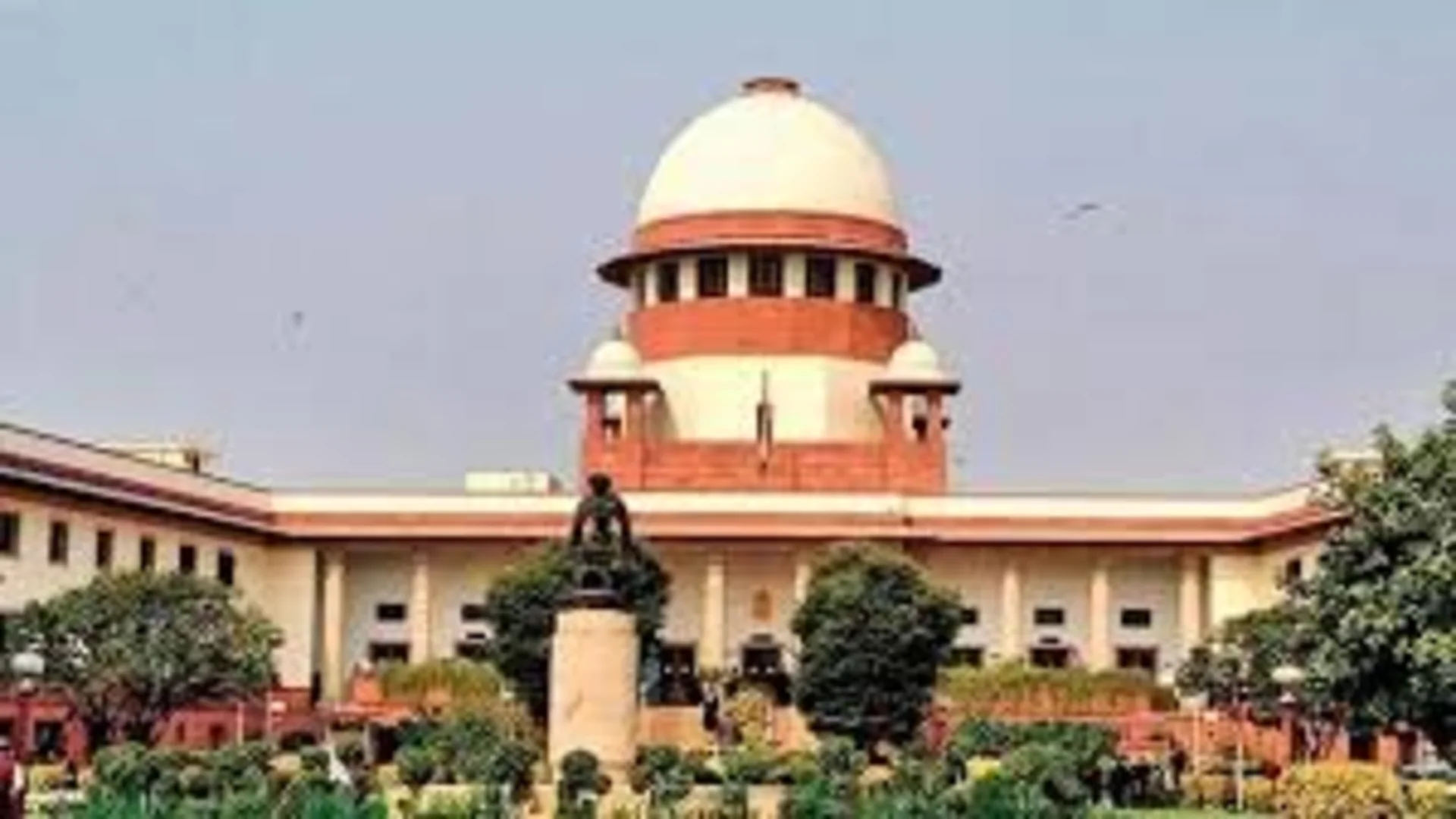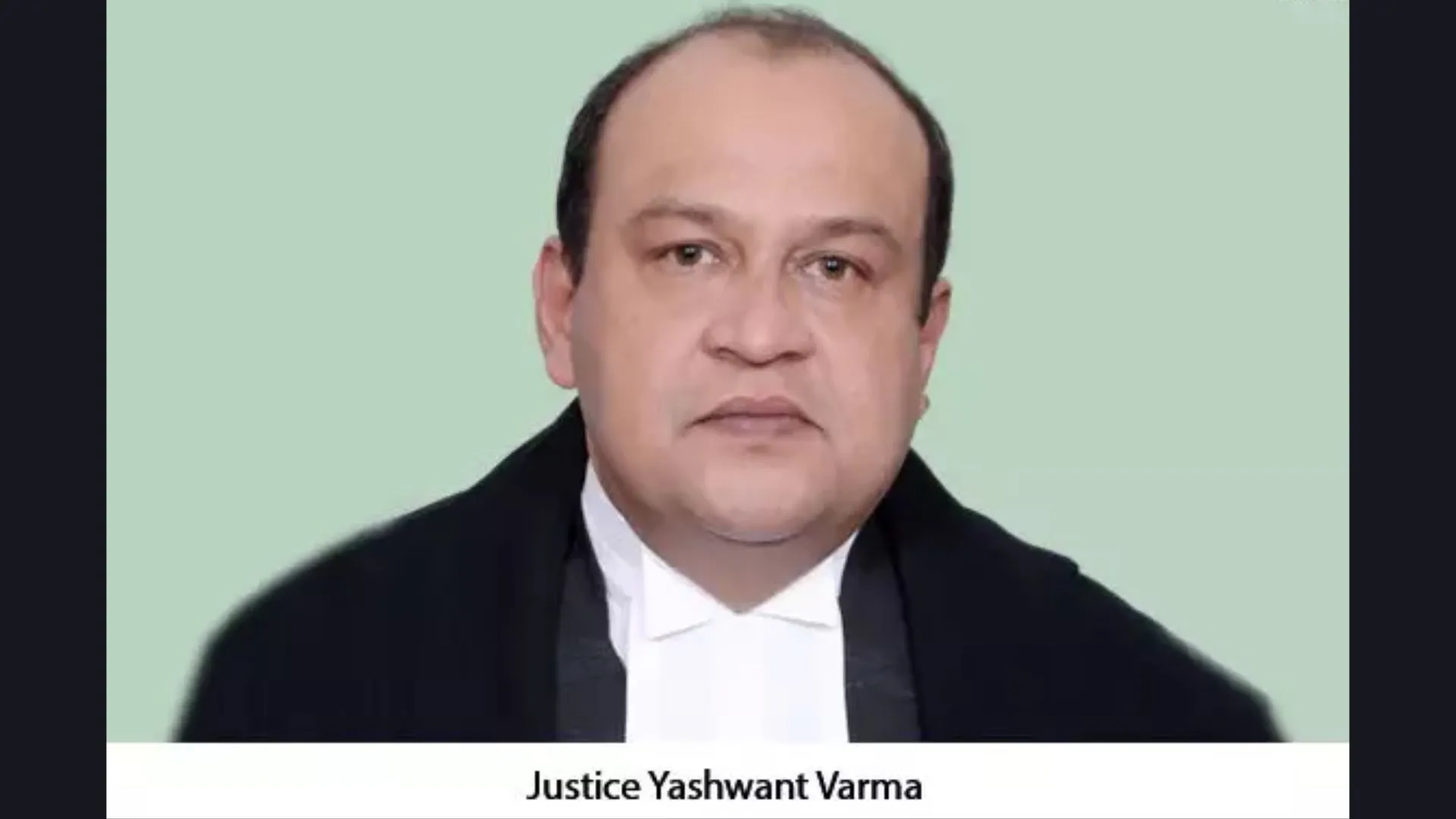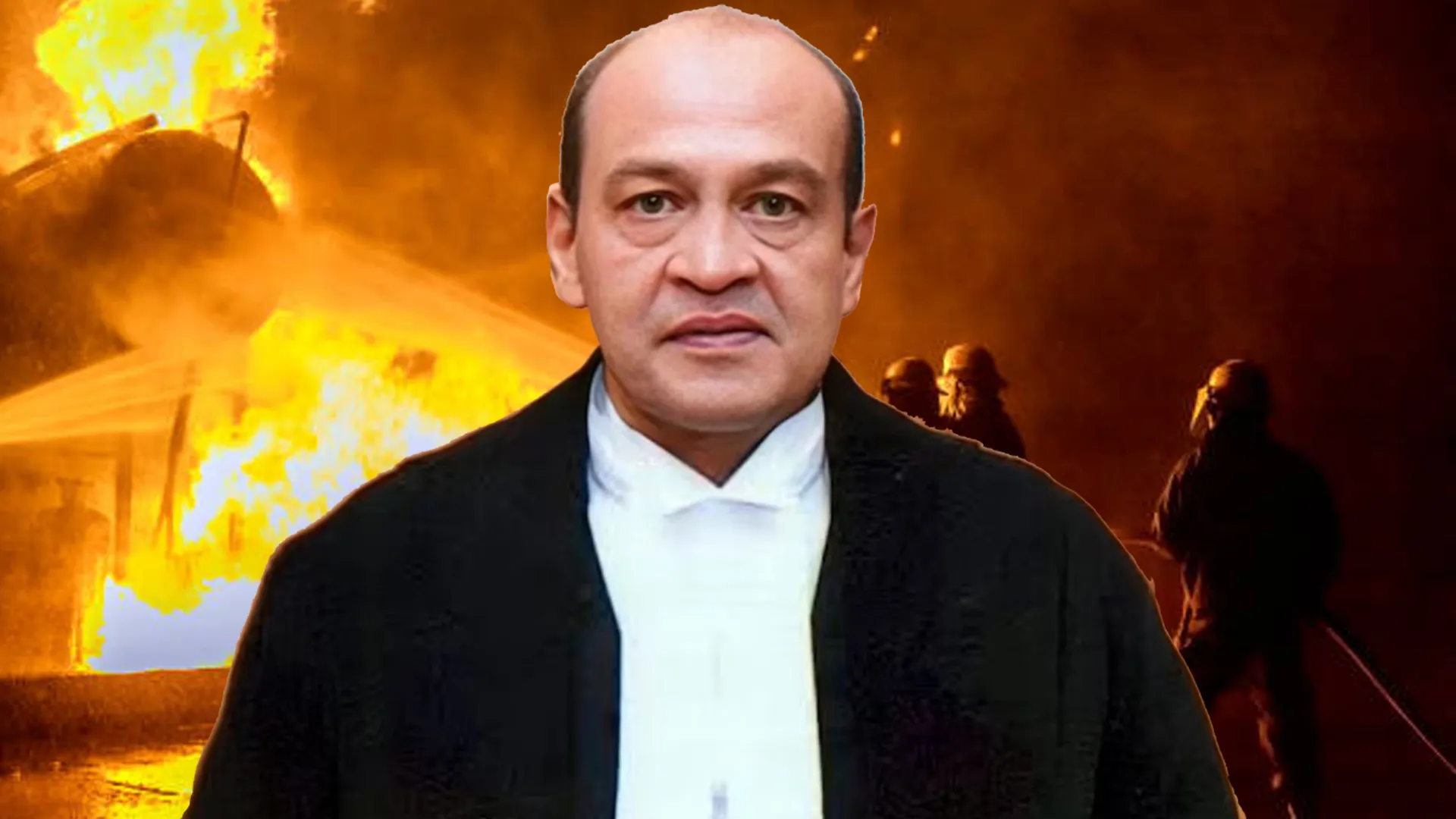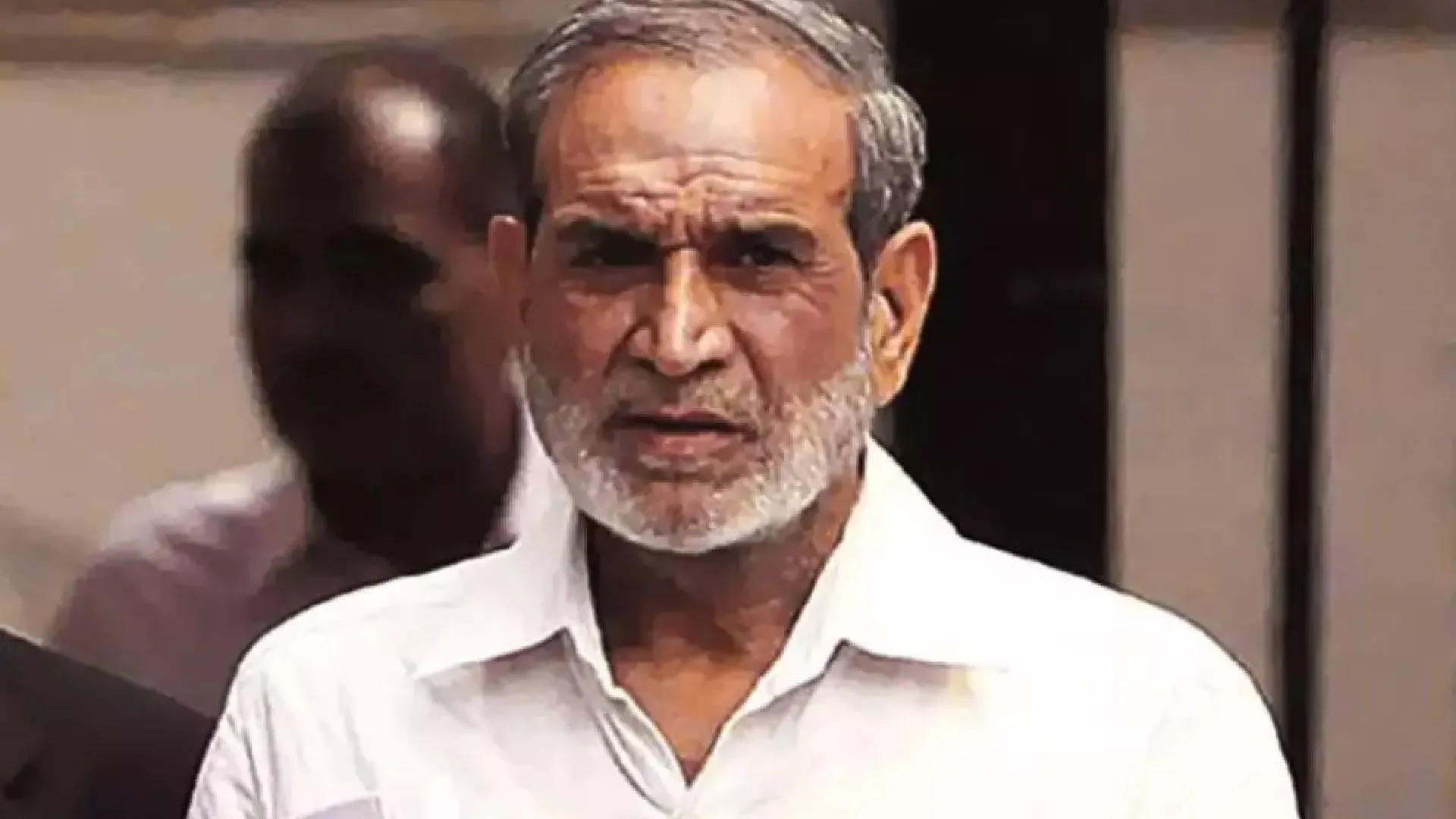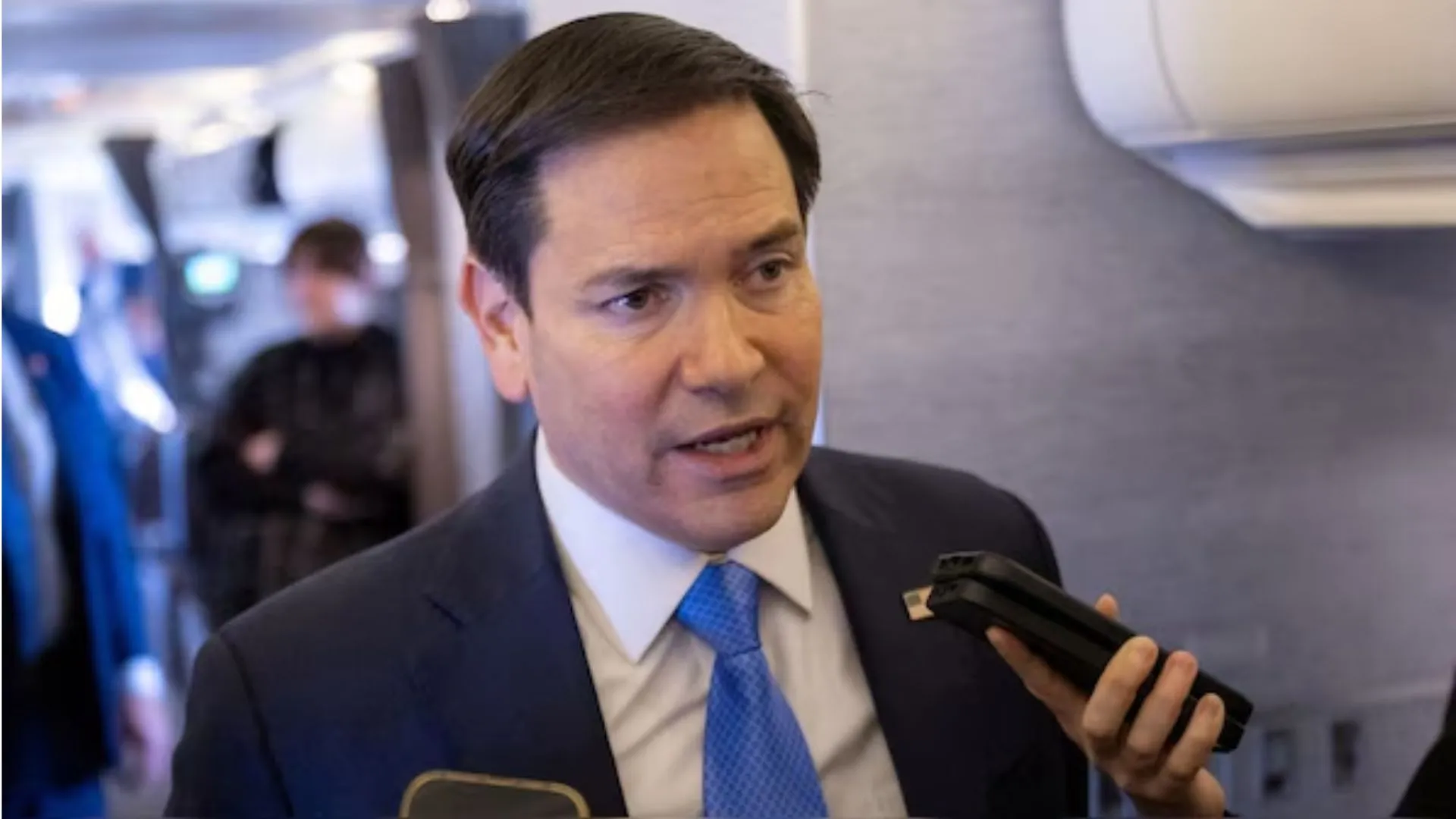The transfer of judges from their parent High Courts is often in news and sometimes it is seen as some sort of punitive element attached to it, if it is not done in line for the elevation to a Chief Justice of the transferred High Court or if a Chief justice of a High Court having larger strength of Judges transferred to a far-flung high court having lesser strength, then judge resigns or, bar associations protest vigorously against such transfers.
The transfer of judges is done as per Article 222 of the Constitution of India.
Article 222 of the Constitution of India reads as follows:
“(1) The President may, after consultation with the Chief Justice of India, transfer a Judge from one High Court to any other High Court.
(2)…….”
That interestingly this provision of transfer of judges was not there in the Government of India Act, 1935 or even in the early stage of the Constitution Draft prepared by the Drafting Committee of the Constituent Assembly, Article 222 was proposed by the Drafting committee only at the final revision stage in November 1949.
The Chairman of the Drafting Committee, Dr. B.R Ambedkar in his explanation to the Constituent Assembly about the various reasons why it is necessary to introduce this provision, said:
“It might be necessary that one judge may be transferred from one High Court to another to strengthen the High Court elsewhere by importing better talents which may not be locally available. Secondly, it might be desirable to import a new Chief Justice because it might be desirable to have a man unaffected by local politics or local jealousies. We thought, therefore, that the power to transfer should be placed in the hands of the Central Government. “
And further Dr. Ambedkar was fully conscious of the fact that this provision could be abused and sought to provide a safeguard against its abuse:
“We also took into account the fact that this power of transfer of judges from one High Court to another may be abused. A provincial Government might like to transfer a particular judge from its High Court because that Judge had become very inconvenient to the provincial government by the particular attitude that he had taken with regard to certain judicial matters, or that he had made a nuisance of himself by giving decisions which the Provincial Government did not like. We, have taken care that in effecting these transfers no such considerations ought to prevail. Transfers ought to take place only on the ground of convenience of the general administration. Consequently, we have introduced the provision that such transfers shall take place in consultation with the Chief Justice of India who can be trusted to advise the Government in a manner which is not affected by local or personal prejudices.” (Constituent Assembly Debates, Vol. XI, p580.)
ANALYSING THE JUDGES’ TRANSFER SYSTEM
The transfer of Judges in India is not uncommon also at times the transfers do cast aspersions on the independence of judiciary and judge’s probity, and this present system of transfer of judges is often criticized for opaqueness in doing the transfers, which has often lead to criticism from the Bench and as well as from the Bar, In the past, many judges ( to name a few recent one’s Chief Justice Tahilramani of Madras High Court on transfer to Meghalaya High Court & Justice Dharmadhikari of Bombay High Court), has resigned after their transfer orders to the different High Court for myriad reasons.
So, In the present system transfers of judges elevated from the Bar in various High Courts usually don’t happen that frequently or happens generally of senior judges to accommodate the vacancy at Chief Justice level at various High Courts but the opaqueness involved in the transfers has given room to all sort of stories in the court corridor gossips and grapevine communication.
But the meat of the matter here is that these transfers happening at the seniority level for Chief Justice of any High Court or transferring a judge to another High Court abruptly due to some handling of politically sensitive cases by the judge, in a certain manner and fashion which gives an impression that this may be the reason of his transfer and paints it with the element of punitive touch involved in it, as generally perceived by the legal fraternity.
WAY FORWARD
To bring clarity and to end this element of opaqueness in judicial transfers and further take the judicial probity and institutional image to a next pedestal, the fundamental change in the present practice of judicial transfers needs to be adopted, wherein the judges to be transferred right after their elevation from the Bar to the Bench from their Parent High Courts to some other as it will put rest to all the controversies and further bring the judicial probity to a higher level as in present case we see as normally a judge being a former member of the bar having spent almost near to two decades on that side of the table develops a social circle of fellow members and others and at times he though would be impartial in delivering justice but it may give an impression to some of the prejudice or favor, though we see judges recuse themselves from matters were they have their immediate family members involved or former clients but yet that is not possible all the times but to bring the judicial impartiality and preventing the stream of justice from getting polluted, and further living up to the dictum, that justice should not only be done but it must also be seen to be done.
In the Sankal Chand Himatlal Sheth case, 1977, where the Supreme Court said sometimes the transfer of a judge becomes a compulsion because of close nexus he develops with local interests and says it becomes necessary to withdraw a Judge from a circle of favorites and non-favorites and transfers in such cases are pre-eminently in the public interest.
In the past the Bar Council of India (B.C.I) a statutory body that regulates the legal practice in India has proposed to have in place a system wherein judges are transferred from their home state within one month of their elevation to the bench and said that no judge should be allowed to remain a judge in his home state, in the interest of fair-play and justice, which they expected to bring more transparency in the appointment and transfer of judges in the higher judiciary under the collegium system.
If this reform is implemented it will bring transparency and impartiality to the system as immediate relatives of judges and their kith and kin, sons and daughters practicing in the same court, we often see them getting engaged on the best of panels of the government, everybody knows who they are and they try to appease them, which further leads to the impression of prejudices in the dispensation of justice.
To end this perceived arbitrariness and opaqueness in the transfer system a better uniform transfer policy of transfer from their home state within one month of their elevation to the bench in the beginning of the career will be in direction of bringing judicial impartiality in the best interest of all the stakeholders.

